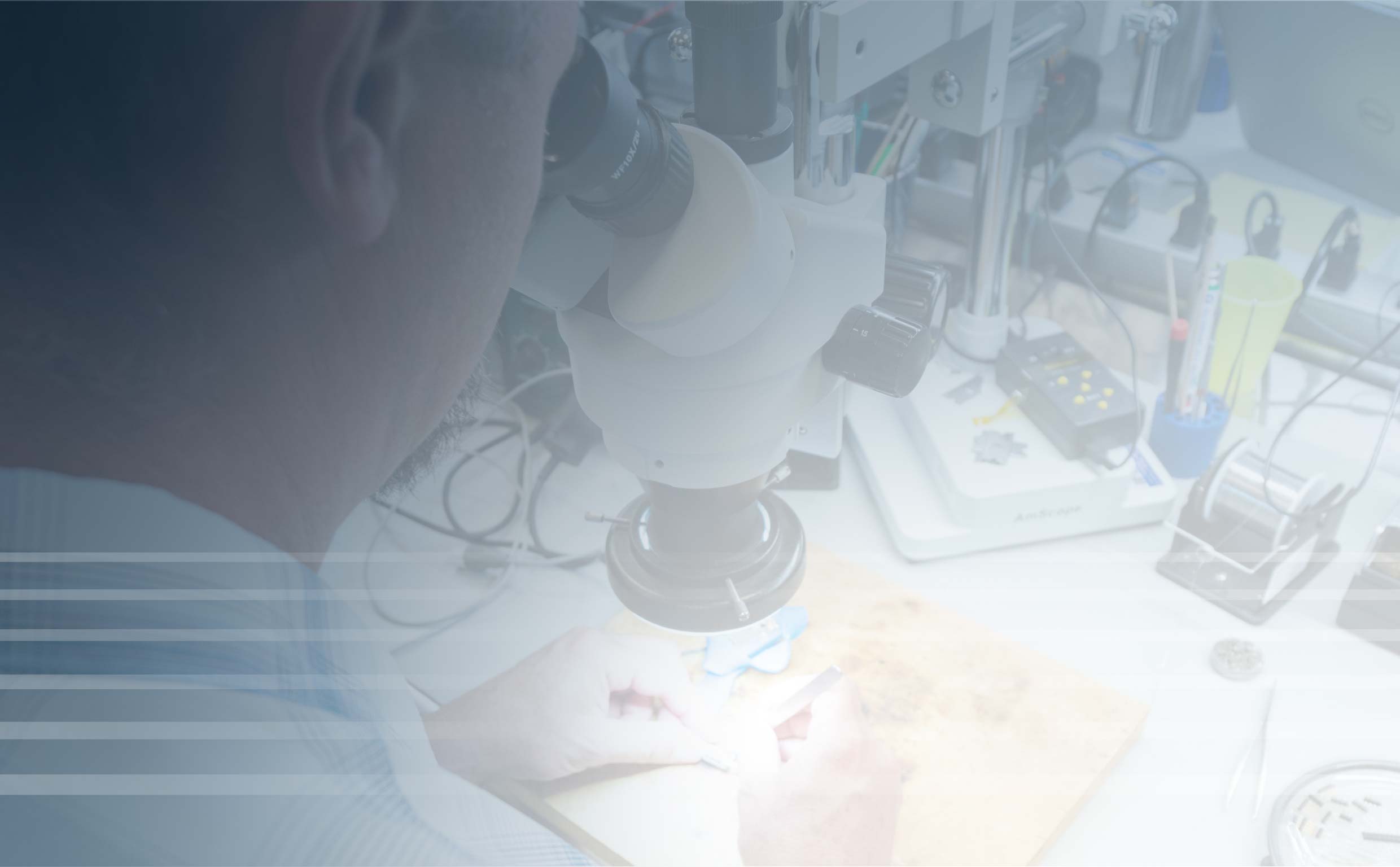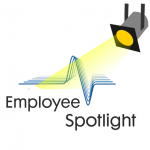 We’re excited to see Ripple technology used in groundbreaking research!
We’re excited to see Ripple technology used in groundbreaking research!
Here are some recent publications that caught our eye.
Feel again: Advancements in prosthetics limb technology allow feeling, control.
CBS News 60 minutes. 2023 Mar 26. “We don’t often think about how the sense of touch makes our lives possible. We grip a paper coffee cup with perfect force to hold it but not crush it. Our feet always find the floor. But for people with artificial limbs, or those with spinal injuries, the loss of touch can put the world beyond their grasp.” https://www.cbsnews.com/news/advancements-in-prosthetics-limb-technology-allow-feeling-control-60-minutes-transcript-2023-03-26/
Synchron Announces Publication of Brain-Computer Interface Clinical Trial in JAMA Neurology
Mitchell P, Lee SCM, Yoo PE, et al. Assessment of Safety of a Fully Implanted Endovascular Brain-Computer Interface for Severe Paralysis in 4 Patients: The Stentrode With Thought-Controlled Digital Switch (SWITCH) Study. JAMA Neurol. Published online January 09, 2023. doi:10.1001/jamaneurol.2022.4847 https://www.businesswire.com/news/home/20230106005449/en/Synchron-Announces-Publication-of-Brain-Computer-Interface-Clinical-Trial-in-JAMA-Neurology
A spring 2021 paper for the Journal of Neural Engineering spatiotemporal patterns of somatosensory evoked potentials fused with machine learning can serve as a useful tool to assist in surgical planning.
Asman P, Prabhu S, Bastos D, Tummala S, Bhavsar S, McHugh TM, Ince NF. Unsupervised machine learning can delineate central sulcus by using the spatiotemporal characteristic of somatosensory evoked potentials. J Neural Eng. 2021 Apr 29;18(4). doi: 10.1088/1741-2552/abf68a. PMID: 33836520.
Therapeutic interventions for Parkinson’s Disease in Communications Biology
Ozturk, M., Viswanathan, A., Sheth, S.A. et al. Electroceutically induced subthalamic high-frequency oscillations and evoked compound activity may explain the mechanism of therapeutic stimulation in Parkinson’s disease. Commun Biol 4, 393 (2021). https://doi.org/10.1038/s42003-021-01915-7
In this 2019 paper for Science Robotics exploring bionic hand technology, Ripple products provide artificial signals that mimic sensory feedback.
George, J. A., Kluger, D. T., Davis, T. S., Wendelken, S. M., Okorokova, E. V., He, Q., … Clark, G. A. (2019). Biomimetic sensory feedback through peripheral nerve stimulation improves dexterous use of a bionic hand. Science Robotics, 4(32), eaax2352. doi:10.1126/scirobotics.aax2352
In this 2019 paper for Communications Biology, University of Pittsburgh researchers explore how spatiotemporal organization of the superior colliculus underlies the control of gaze. Neurophysiological signals were recorded using Ripple’s Scout data acquisition system.
Massot, C., Jagadisan, U.K. & Gandhi, N.J. Sensorimotor transformation elicits systematic patterns of activity along the dorsoventral extent of the superior colliculus in the macaque monkey. Commun Biol 2, 287 (2019). https://doi.org/10.1038/s42003-019-0527-y

